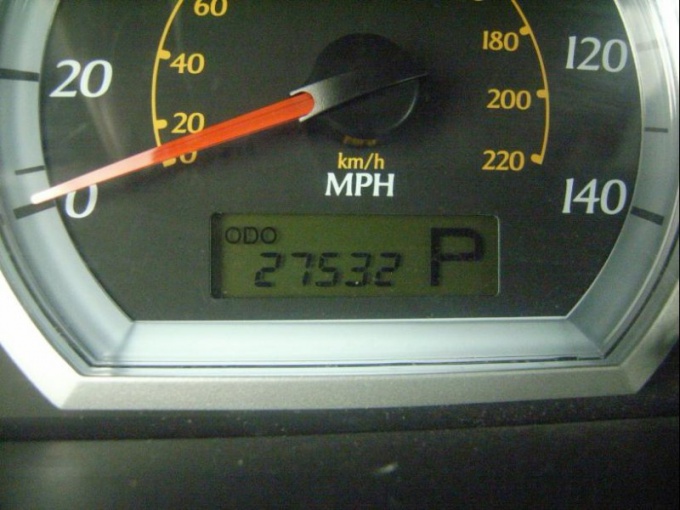You will need
- - keen eye;
- - technical knowledge of the separate vehicle;
- services diagnostic center.
Instruction
1
Multiply the average vehicle mileage, for example, 25 000 – 30 000 km per year, the age of the car, and get the approximate total mileage. If you suspect that the owner of this car worked in a taxi service, then multiply by 40 to 50 thousand.
2
Inspect the tires. If the wear is small when a large indication of the speedometer, so feel free to draw conclusions about what they changed. Estimate the approximate mileage on one set (including machine model and driving), and associate it with the specified number of kilometers.
3
Inspect the brake rotors after 30,000 km mileage appears noticeable crease, which increases with time. The rate of wear of the brake discs varies depending on the box (if a box-machine, the disks wear out faster), make of car, the quality of the discs. If the drives are new, and the car overall doesn't look new, concludes that the mileage is already quite large.
4
Explore the space under the hood, since this is where you can attach the sticker saying the timing belt changed. The figure of 100,000 on the label means that the milestone of 100 thousand kilometers this car has already passed. If the speedometer shows 90 or 80 thousand, dare accuse the seller of cheating. Look under the cover of the timing belt and assess the condition, estimate according to the degree of wear of the belt the speedometer display.
5
The mileage is relatively new car, determine on the service book.
6
If you want to know the actual mileage of the cars, find it using the on-Board computer in the service center, as the mileage is duplicated on the internal counters, and, quite possibly, the owner knew nothing about it or decided to save money, SMATV mileage only on the clock.
7
The history of the Japanese car find out in the center of maintenance and repair, all information about each vehicle is stored on a server in Japan.
8
Ask the owner: how far and how often he rode that repaired and when what parts changed. Estimate approximately, what mileage have to change certain details and draw a conclusion about the veracity of the owner of the car.
9
If you buy an expensive car, do not take the money for diagnostics. Find out from the experts what repair is needed, what condition the engine and all other systems, but they still will last. This information will bring you much more benefit than the knowledge of the number of kilometers "behind" the car.
Useful advice
There is another method of determining the path: take the value from the speedometer and multiply it by the number of wheels of the vehicle. Of course, this is a funny way, but remember the proverb: every joke has some truth.
